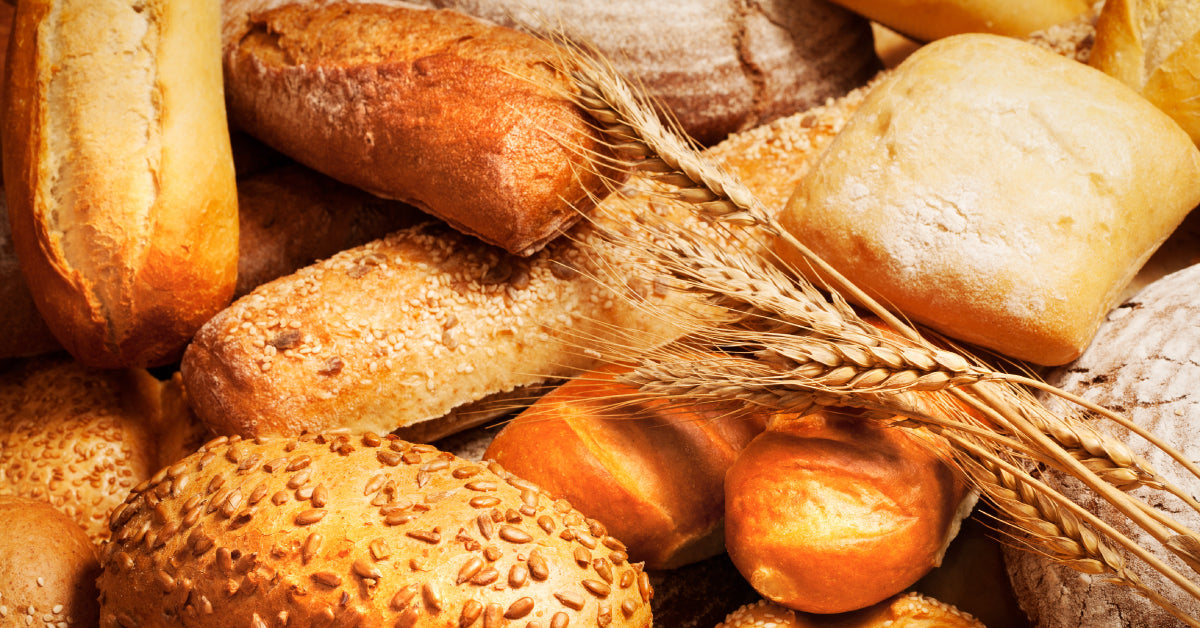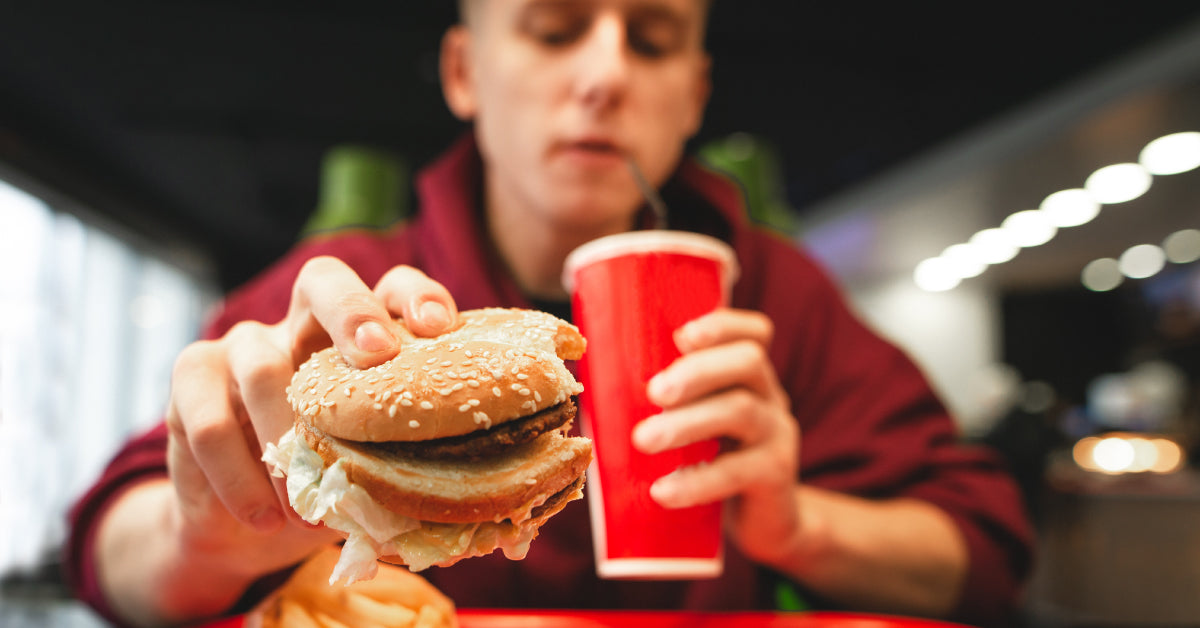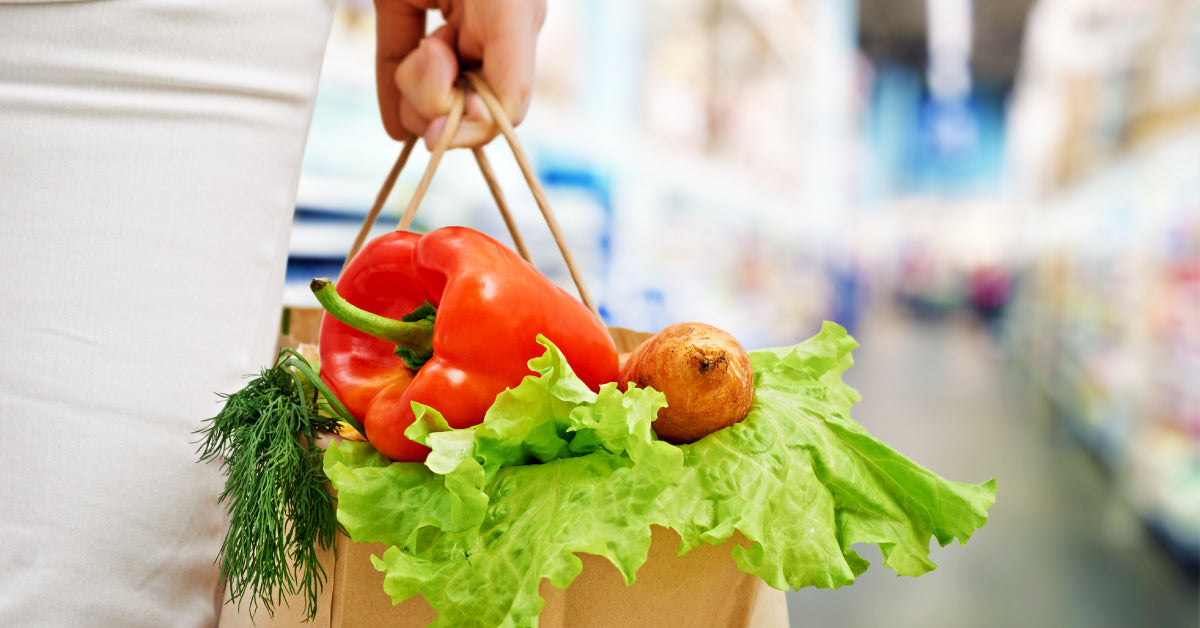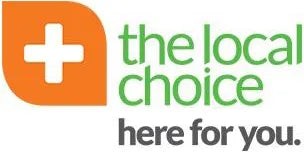by Freda Coetzee
Fattening Foods To Avoid If You Want To Lose Weight
Summer foods which can derail your weight loss effort
Ahhh, it’s summer: barbecues, cocktails at the pool, outdoor sports, and lots of fried chicken, ribs, potato salad, ice cream, hot dogs, and beer. The living may be easy, but you need to know about a few shocking calorie traps and better choices at a backyard barbecue or beach boardwalk. There are fattening foods to avoid if you want to lose weight.
Fattening foods to avoid:
High-Fat Meats on the Barbecue
The bad news: barbecue can sabotage your waistline. A 500g T-bone steak can weigh in at 1,540 calories and 124 g fat. An average cheeseburger has 750 calories and 45 grams of fat. What about pork or beef ribs? They come from the fattiest part of the animal. The good news: You can go lean with cuts like tenderloin, skinless chicken breast, and lean ground beef.
Take Me Out to the Ball Game
Hot dogs and sausages are treats for many of us, but you might save them for cricket games. It’s not just about fat or calories – after all, you can choose low-fat versions. Most hot dogs, bratwurst, and other sausages are very high in sodium.
Mayonnaise-Based Salads
A small half-cup portion of typical potato salad has 180 calories and 12 grams of fat; the same amount of coleslaw has about 150 calories and 8 grams of fat. To cut calories, try making your salads with light mayonnaise; or mix mayo with low-fat yogurt, light sour cream, or chicken stock. Or why not try a German-style potato salad, using more vinegar than oil? Then toss lots of veggies into any salad to increase the fiber and nutrients.
Frozen Concoctions
Sweet, fruity alcoholic drinks (the kind often served with an umbrella) may go down easy, but the calories add up in a hurry. A piña colada can range from 245-490 calories, a daiquiri from 300-800 calories, and a Long Island iced tea can set you back 520 calories or more – with much of it from sugar. Instead of high calorie drinks, try wine, a wine spritzer, or a mixed drink with seltzer and a splash of 100% fruit juice.
Satisfying Thirst Quenchers
Staying hydrated is essential in summer, but those cold drinks can wreak havoc with your waistline. Be careful what you choose – if you’re drinking 350ml containers of sweet tea, sweetened soda, energy drinks, juice drinks, or beer, you’re probably taking in about 150 calories a pop. Smoothies, milkshakes, and cold coffee concoctions can go much higher. Try water or light versions of your favorite thirst quenchers.
Refreshing Frozen Treats
A cup of soft-serve ice cream can have 380 calories and 22 grams of fat. Make it a chocolate cookie dough milkshake concoction, and the calories soar to 720, with 28 grams of fat! You don’t need to give up frozen treats, just pass on the giant portions or high fat toppings. Look for frozen desserts like sherbet, fudge bars, fruit bars, or other treats under 150 calories per serving or fruit desserts like strawberry shortcake.
Salad Toppers
Salads can be the perfect summer dinner: light, refreshing bowls of veggies and lean protein. But high-calorie toppers can push a salad from lean to fattening in a hurry. Fried chicken strips, bacon, cheese, creamy dressings, and croutons are among the worst offenders. Instead, top your greens with grilled chicken, strips of lean meat, or eggs, then pile on the veggies and sprinkle with a light dressing.
Mindless Munching on Snacks
A handful of any snack won’t do much harm, but too much can sabotage your diet. 28gram of potato chips or cheese puffs is roughly 160 calories and 10 grams of fat. Cheese nachos can contain 692 calories and 38 grams fat. And a 10-cup box of movie theater popcorn can have 550 calories and 31 grams fat. Try snacking on fruits, veggies with light dip, or small portions of fat-free popcorn.
Finger-Licking Fried Chicken
A bucket of fried chicken is an easy way to feed a crowd, but it can wreak havoc on your waistline and arteries. So forgo fried chicken and toss boneless, skinless chicken breasts on the grill, instead. Marinades and spice rubs add flavor to these quick-cooking cuts of poultry. The nutritional differences are striking.Skinless chicken breast (100g): 167 calories, 7 g fatBreaded, fried chicken breast: 360 calories, 21 g fat
Recommendation
You need to be alert about what you eat if you want to lose weight and live a healthy life. Read through the free Manna Diet e-book and learn what the best foods are for optimal health.















